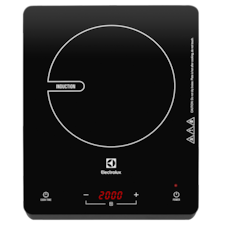Popular in Europe for years, induction cooking is now taking Asia by storm. A technology based on unbeatable precision, power and safety, it is the only type of cooking that can tempt you away from gas.
1. What is an induction cooker?
Let’s start first with a simple definition of an induction cooker. Unlike gas or ceramic radiant hobs, induction stove is a type of cooktop that heats the cookware directly rather than heating the stove first.
A wonderful consequence of this is that your home remains cool, with no heat emanating from your cooktop; something to appreciate in warm tropical weather conditions!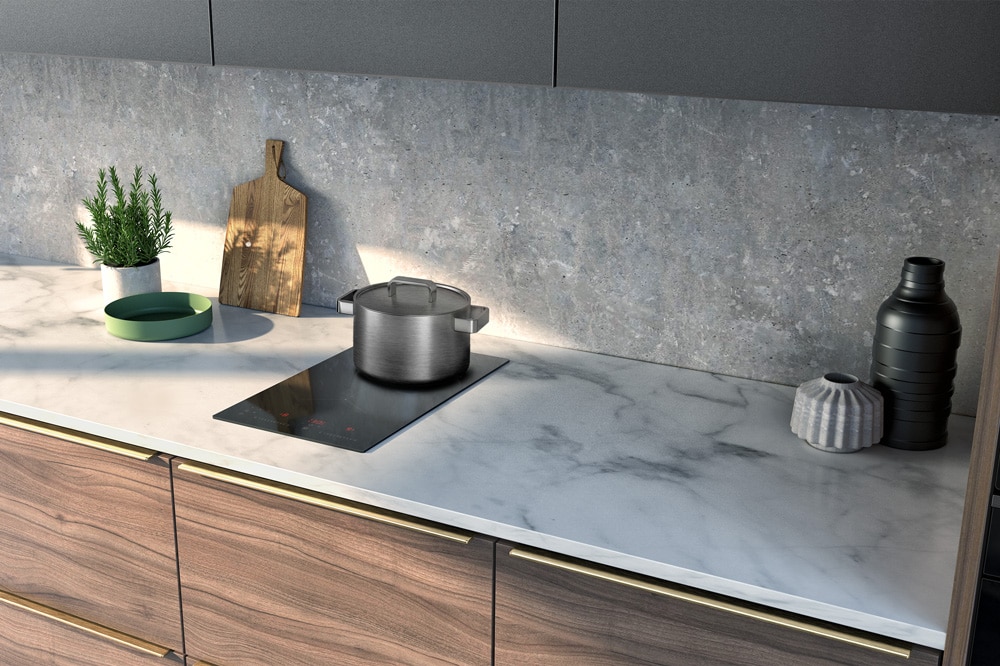
2. How does an induction cooker work?
So what is the working principle of an induction cooker? Simply put, an induction cooktop works by using magnetic induction to heat cooking utensils directly, keeping the stove's surface cool to the touch.
Induction cooking takes advantage of an electromagnetic field generated by passing an alternating electric current through a copper coil wire placed in an induction hob. The produced magnetic field vacillates and induces an eddy electrical current moving in the cookware.
That electrical current flow combines with the electrical resistance of the iron in the cookware, resulting in resistive heating for food cooking. As a result, pots and pans heat themselves with the induction of the electromagnetic field. Thus, your cooktops stay cool to the touch, while your food cooks faster with more precision.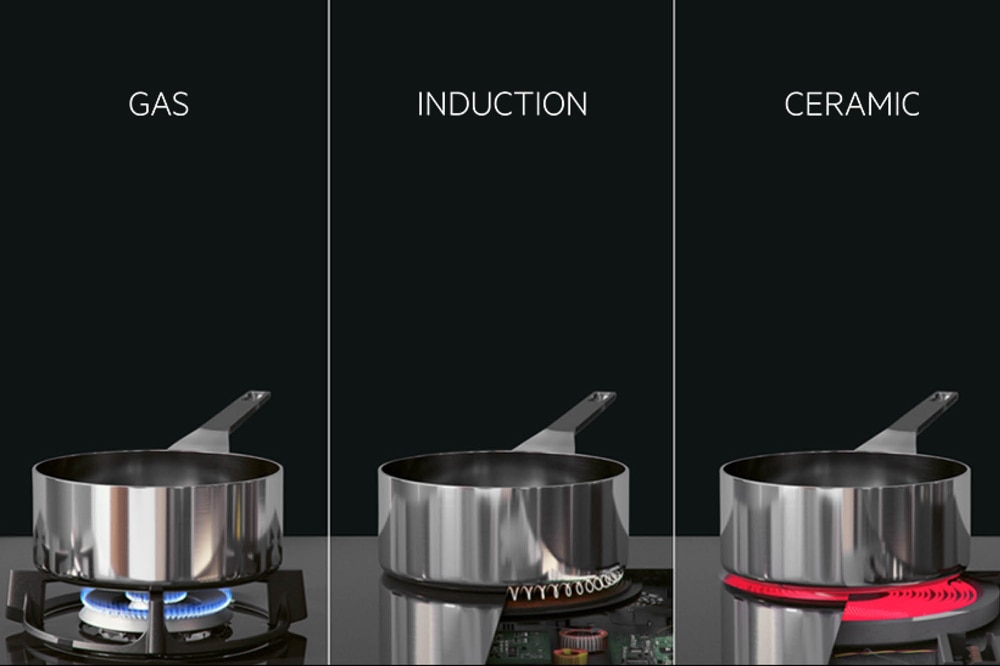
3. What are the advantages of induction cookers?
Induction cooktops have become increasingly popular in modern kitchens due to their numerous advantages. These include faster cooking times, energy efficiency, easy cleaning, smart functionality, safety features, and smoke-free operation.
Faster cooking time
Induction cooking stoves drastically reduce cooking times and are perfect for quick preparations or entertaining guests.
Energy efficiency
Induction cooktops can cook faster and consume less energy than traditional stoves, resulting in long-term cost savings.
Easy to clean
Cleaning is a breeze with induction stoves, as they produce minimal residues and are easy to wipe clean immediately after use.
Smart functionality
Induction stoves feature smart working systems, including programmable timers and smartphone controls, add convenience and sophistication to cooking routines.
Safety
With no open flames and the absence of LPG fuel, induction stoves eliminate the risks associated with gas leaks and fires, ensuring a safer cooking environment for you and your household.
Smoke-free operation
Induction cooking preserves the quality of cookware and eliminates smoke production, ensuring a cleaner, healthier kitchen environment.
>>> Click here to discover the various advantages of induction cookers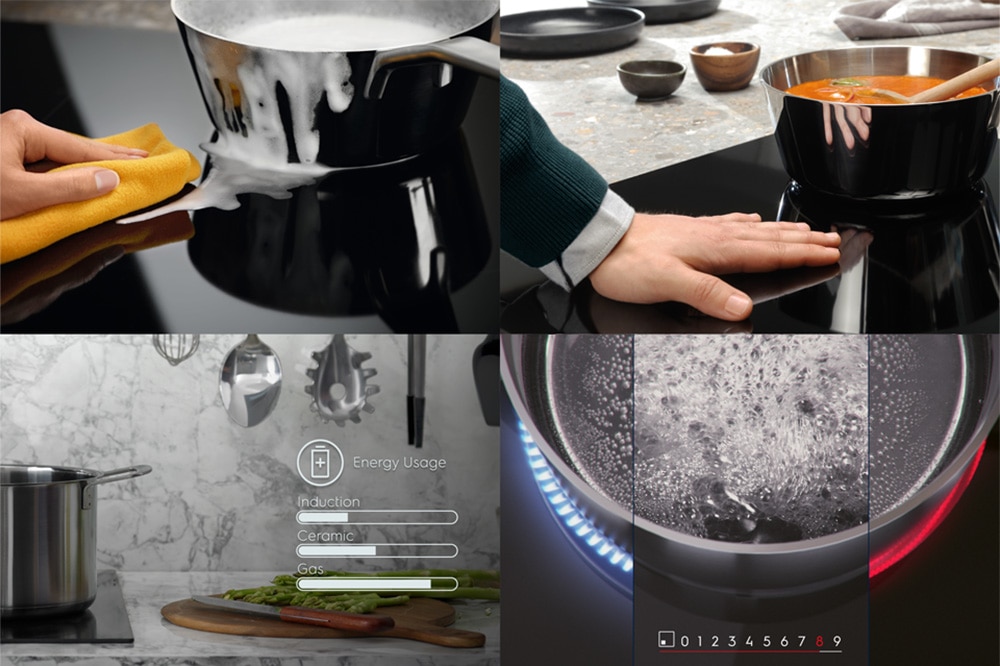
4. What are the disadvantages of induction cookers?
While induction cooktops offer numerous benefits, it's important to consider some drawbacks. These include a higher initial cost, the need for specialized utensils, and a transition period for users to adapt to their use.
Higher initial cost
Induction stoves come with a higher initial cost due to their advanced technology and safety features, though the long-term benefits often outweigh this investment.
Specialized cookware requirement
Not all pots and pans are compatible with induction cooking. Cookware must have a flat bottom and contain magnetic materials to interact effectively with the electromagnetic energy produced by the stove.
Adjustment period
Users transitioning from gas stoves may require an adjustment period to prevent burning food due to the rapid and even heating capabilities of induction cooktops.
Despite these limitations, the benefits of induction cooking make it a worthwhile investment for many households seeking efficient, safe, and convenient cooking solutions.
5. Is induction suitable for wok cooking?
Yes. We conducted an experiment to debunk the belief that wok cooking is better on gas because a visible flame seems more powerful. Watch the video to see more.
>>> Find helpful tutorial videos about induction cookers
6. Induction, radiant or gas stove?
Induction cooker has outstanding advantages regarding energy efficiency, power, temperature control, safety, and cleaning effort compared to gas or electric cooking. Click here to see the comparison between electric, induction, and gas cookers in an infographic.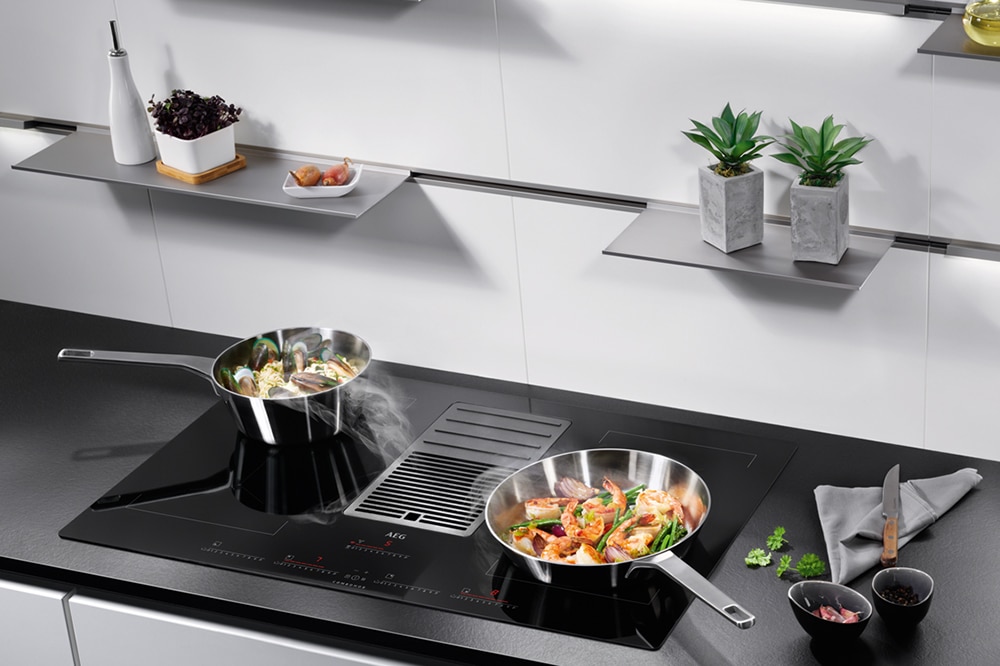
7. Is induction as powerful or fast as gas?
Induction is faster than other cooking technologies, boiling 1 litre of water in 3 minutes. The induction hob has precise temperature controls for instant transitions from high to low heat.
8. Is induction glass top easy to crack or scratch?
Induction glass is made of “ceramic glass” that’s very strong and can withstand high temperatures as well as sudden temperature changes. Scratching, however, can occur if one is careless.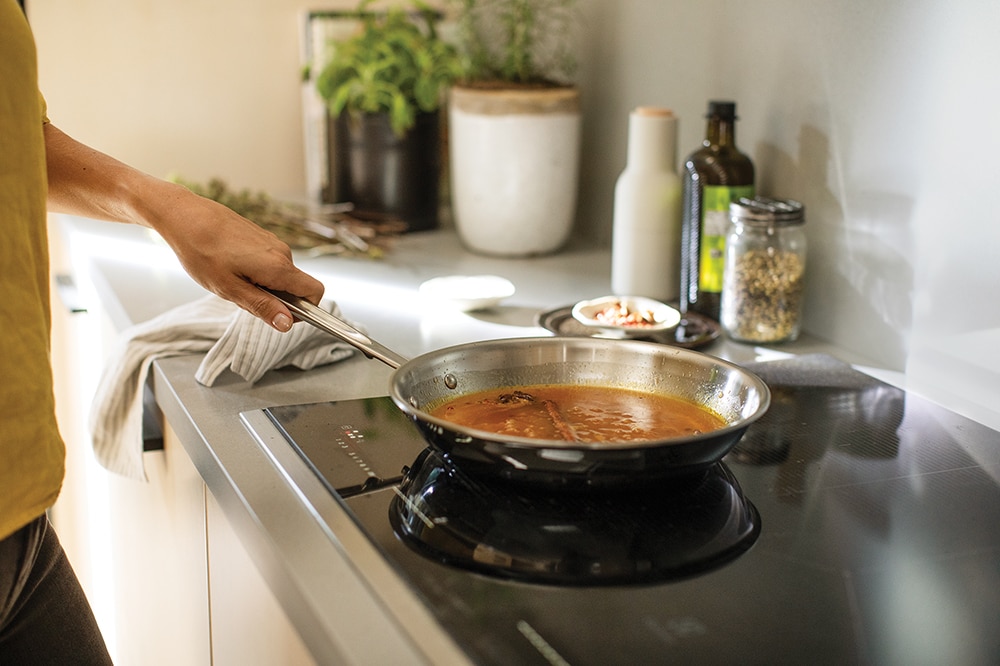
9. Which cookware works with induction cooker?
Not any pots and pan can work with induction cooktops. To use induction, your pots have to be magnetic. A simple magnet-test will determine which cookware can be used for your induction cooker.
Top cookware for induction cooktops:
- Stainless steel: Even cooking, rust-resistant.
- Ceramic: Safe, non-stick, minimal oil needed.
- Cast iron: Heat-resistant, versatile.
- Carbon steel: Lightweight, heat-efficient.

10. How to install an induction cooker?
Before installing an electric induction stove, you should check if you have a sufficient power supply and if the house installation is suitable to run the hob properly. The power requirement is 3.2 KW.
Then, preparing the kitchen set or table. Measure the table to ensure it aligns with the stove's size for a proper fit. Ensure the surface is level and parallel during installation. Once installed, your stove is ready for daily cooking needs.
11. How to use and clean an induction cooker properly?
To use an induction stove correctly, start by plugging it into a socket to supply electricity. Press the On button and place your cooking utensils on the middle of the cooking zone, selecting your desired cooking method. Avoid placing hot cookware on the control panel or using aluminum foil on the appliance.
Cleaning an induction stove is simple. Because the stove stays cool to the touch even while cooking, you can use a soft moist cloth to wipe away light spills instantly. For tougher stains, use a specialized cleaner. Regularly cleaning the hob surface helps prevent surface wear.
For a visual guide on how to use your induction hob properly, check out the quick tutorial video below.
12. What if my induction cooker breaks down?
In case of a breakdown, call the Electrolux Service Centre, describe the problem and arrange for a technician visit. We provide a 24-month warranty for all Electrolux induction hobs.
Regularly having your hob cared for by professionals is one of the key factors for ensuring its lasting performance. Check out our authorized in-home cleaning and maintenance services for hobs, and let Electrolux technicians carry out a complete cleaning of your appliance.
Recommended induction cookers from Electrolux
Induction technology is still on top of the cooking game because of its excellent performance in intensity, speed, energy savings, safety, and cleanliness. By knowing what an induction cooker is, how an induction cooker works, advantages, and disadvantages of an induction cooker, you are now probably convinced that induction cooking is an ideal solution for your kitchen.
If you're considering a new stove for your cooking needs, explore our selection of top-quality induction hobs. Electrolux Indonesia offers a diverse range of electric induction cooking stoves in various sizes to suit your preferences. Additionally, you can visit our Stove & Hob Buying Guide for valuable tips on choosing the right cooktop.
- PowerBoost provides quick, intense heat.
- Induction is safe, fast, and energy efficient.
- Pot detection lights up the controls for the zone.
- PowerBoost provides quick, intense heat.
- Induction is safe, fast, and energy efficient.
- Pot detection lights up the controls for the zone.
- Induction is safe, fast, and energy efficient.
- Power management prevents electrical outages.
- Residual heat indicator helps to avoid accidents.
- Induction is safe, fast, and energy efficient.
- Induction is more energy efficient than ceramic.
- Induction makes it is easy to clean round pans.




